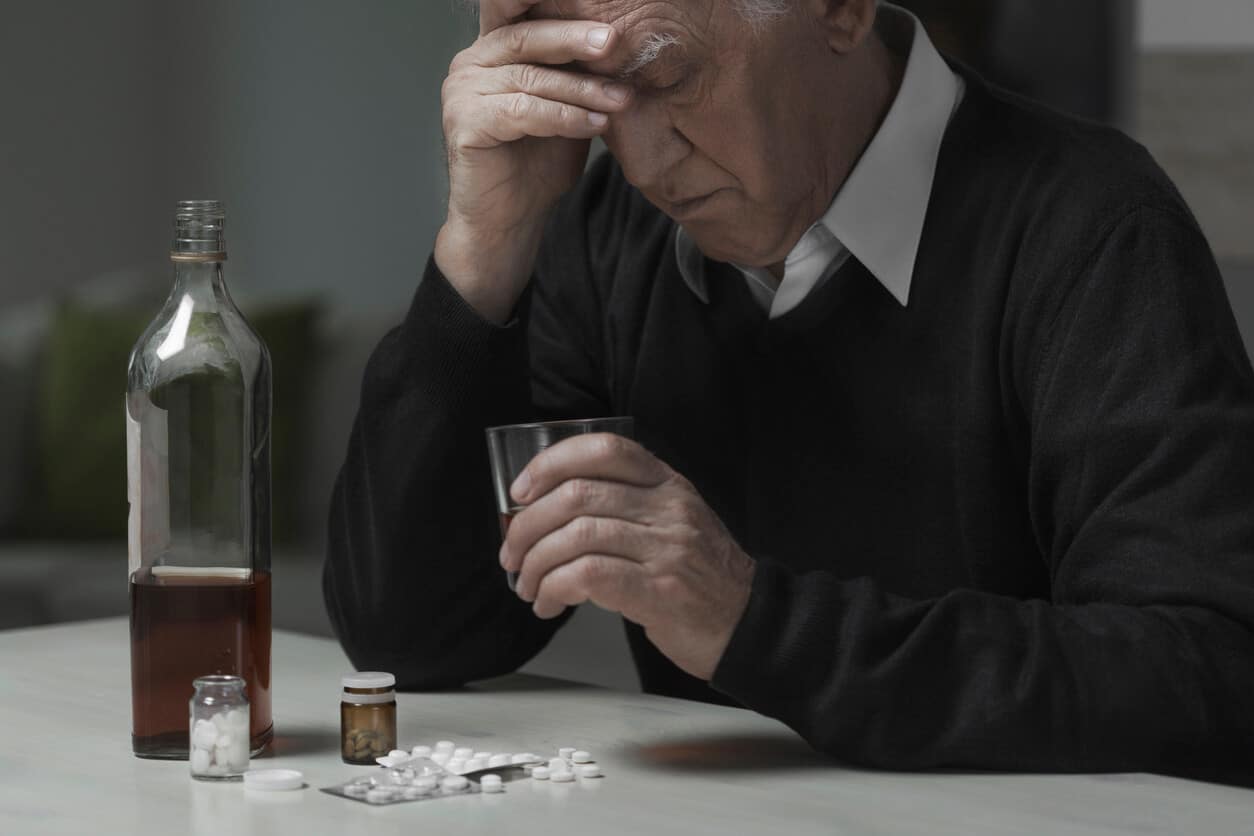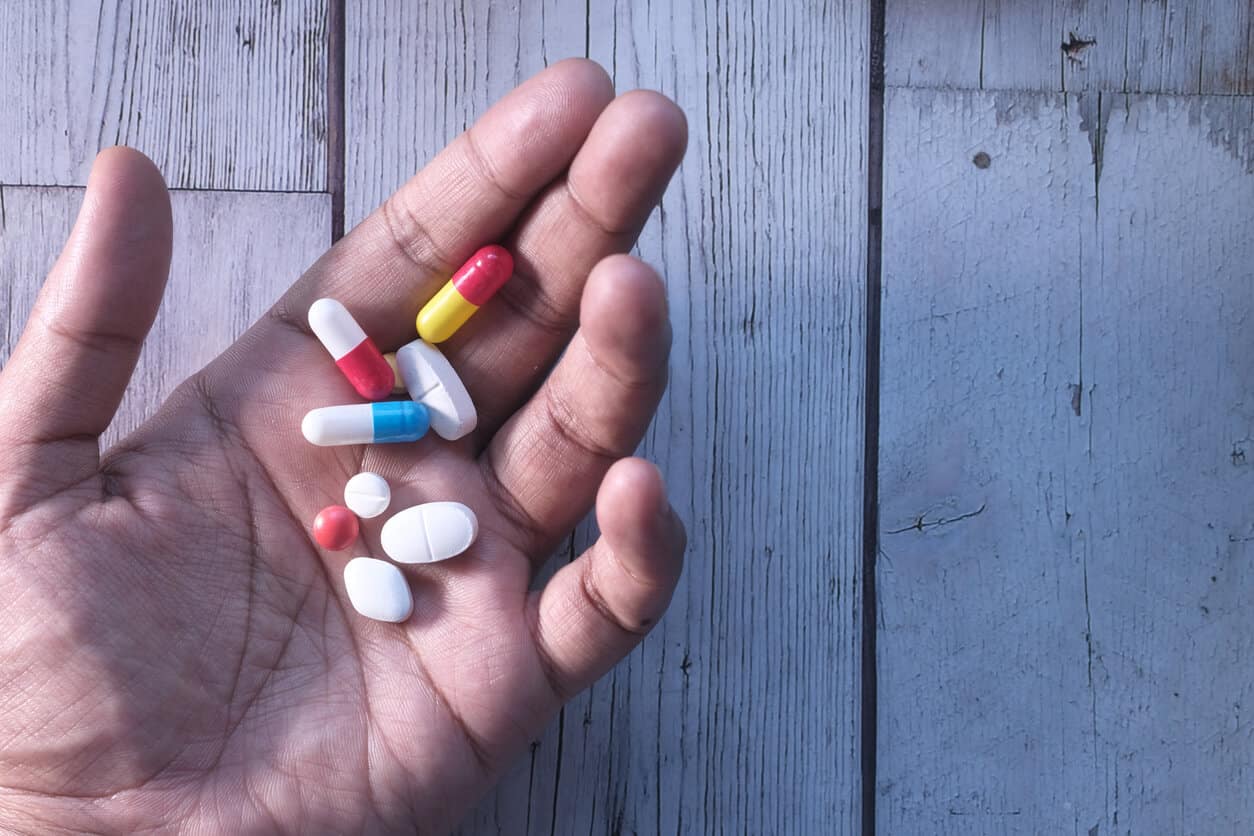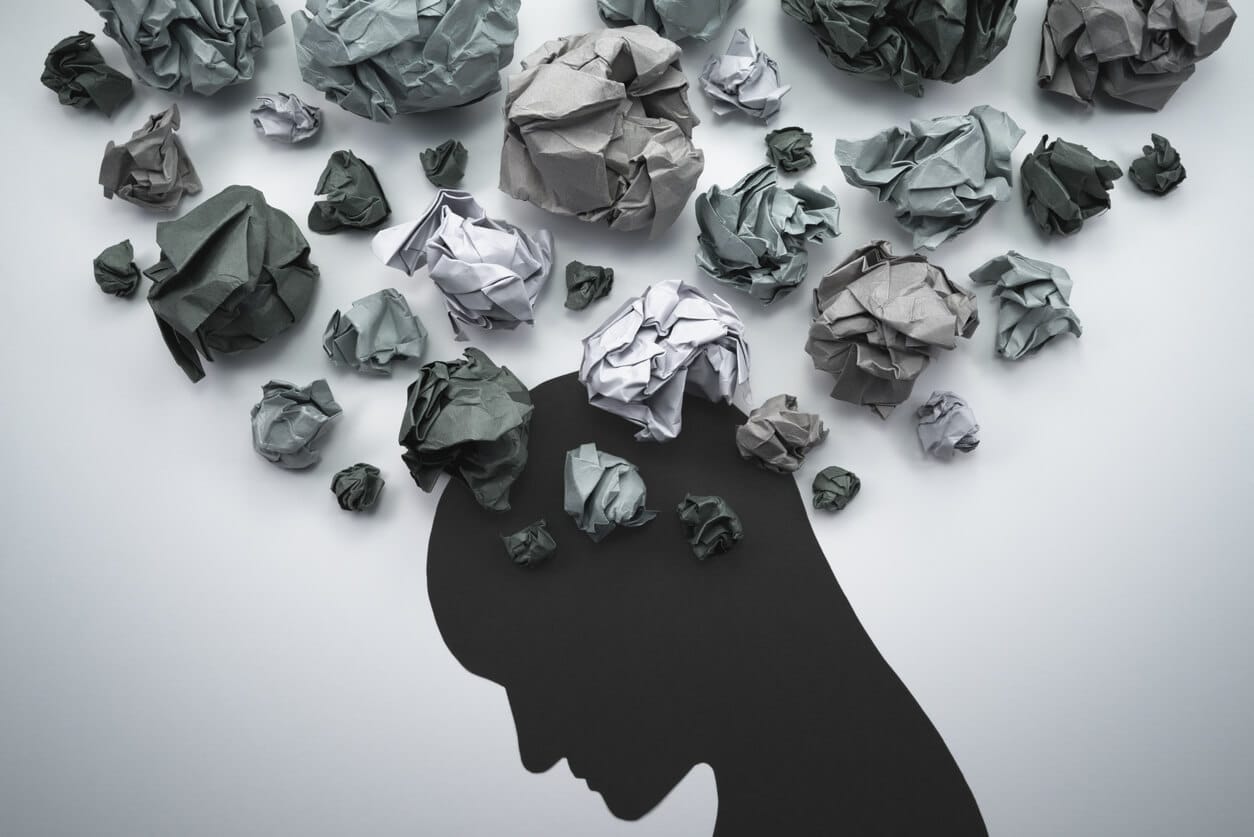
Klonopin and Alcohol
Klonopin is a benzodiazepine that many doctors prescribe to people who have moderate to severe anxiety. There have been many cases where people were mixing Klonopin and alcohol. The dangers of doing this are serious.
If you have a prescription for Klonopin, it is vital to know the drug can be addictive. It becomes more of a problem when mixing it with other substances. The good news is there are treatment programs for people who need to stop using Klonopin and alcohol.
For now, it might be a good idea to learn more about the symptoms of mixing these substances, the withdrawal process and other aspects of this type of addiction.
Symptoms of Mixing Klonopin and Alcohol
Klonopin like alcohol and all depressants, causes depression of the central nervous system. If you have both these substances in your system, the effects will be amplified. Sometimes, the consequences can be deadly.
Some symptoms of mixing Klonopin and alcohol include:
- Slower breathing
- Reduced heart rate
- Coordination issues
- Dizziness
- Slurred speech
- Nausea
- Vomiting
- Memory issues
- Cognitive function issues
- Moderate to severe headache
- Loss of appetite
- Sleep problems
In most cases, Klonopin is a safe prescription drug. Doctors control how much of this medication each patient gets. The problem is that many people mix it with other substances such as alcohol. Some people will buy more Klonopin from others when they don’t get the effects they want from their prescription.
If you have been mixing alcohol with Klonopin and you’re struggling to quit, we can help.
Who Abuses Klonopin and Alcohol
Anyone can be at risk of abusing Klonopin and alcohol. However, studies show that undergraduate students have the highest rates of mixing Klonopin and alcohol. In the studies, 12.1% of the students were abusing one or more medications and alcohol.
Some of the others who commonly abuse alcohol and Klonopin include:
- People 25 and younger
- Those who don’t have their high school diploma
- Single people
- People who have a history of drinking a lot
If you have been abusing these substances, you aren’t alone. You can get the help you need to stop using alcohol and Klonopin.
Signs of Addiction
Many people who mix alcohol and a benzodiazepine like Klonopin don’t think there is a problem with what they are doing. Do they all have an addiction? There is no guarantee that everyone who takes these substances at the same time has an addiction. However, it is still dangerous to do so.
There are so many risks of mixing harmful substances such as alcohol and benzodiazepines. People who continue to mix them may have an addiction.
If you combine these substances and can’t seem to stop, contact us today. We can help diagnose whether you have an addiction. If so, don’t worry. We can get you the treatment you need to overcome that addiction.
Benzodiazepine Withdrawal Symptoms
Some people avoid going to a treatment program because they worry about withdrawal. It can be tough to go through this process on your own. However, you can get help managing the symptoms of withdrawal when attending a treatment program.
Some withdrawal symptoms a rehab center team can help you manage include:
- Raised body temperature
- Hallucinations
- Coordination problems
- Irritability
- Insomnia
- Nausea and vomiting
- Rebound anxiety
- Profuse sweating
- Seizures
- Increased heart rate
- Panic attacks
- Tremors
Thinking about these withdrawal symptoms can be scary. However, if you enroll in a treatment program, you won’t have to deal with these symptoms yourself. You will get around-the-clock care if you go to an inpatient rehab center. There are other treatments you can receive, as well.
Get Help to Stop Using Klonopin and Alcohol
Mixing alcohol and a benzodiazepine can be dangerous. The side effects will be much worse if you have both substances in your system simultaneously. You could have side effects such as nausea and vomiting to tremors and seizures. Even if you don’t experience most of the side effects above, the damage these substances do to your body can be substantial.
The important thing is to get help to stop using these substances if you need to do so. Many professionals have experience and training to deal with addiction such as this one. Once you detox from these substances, the treatment program can help you learn techniques to manage your anxiety. Those techniques can give you a natural way of managing anxiety, so you don’t feel the need to use Klonopin and alcohol.
Have you been mixing alcohol and a benzodiazepine? We don’t want to see you struggle with substance abuse. Contact us today to get help with your Klonopin and alcohol addiction.








